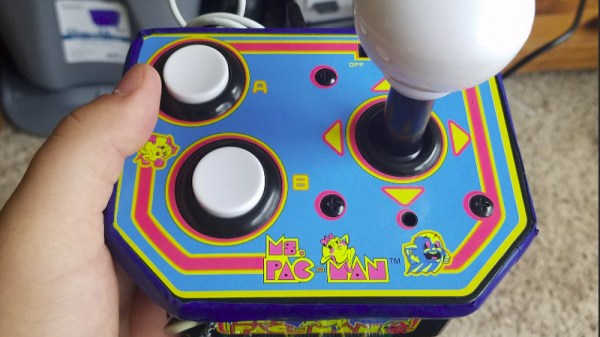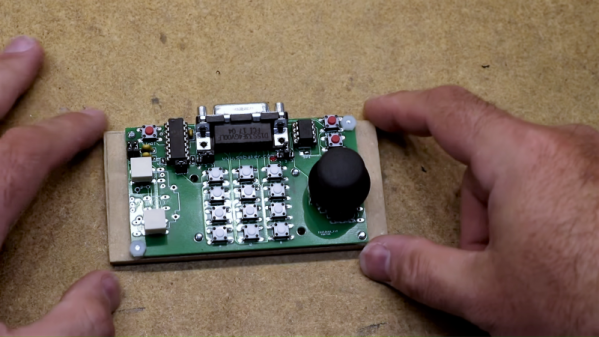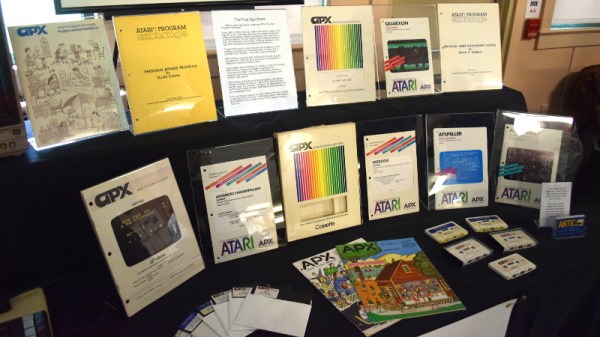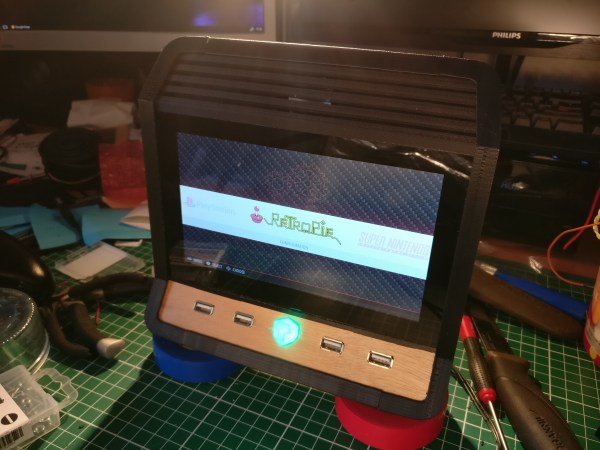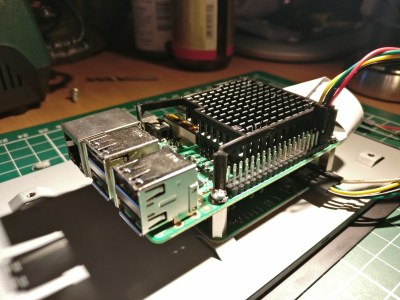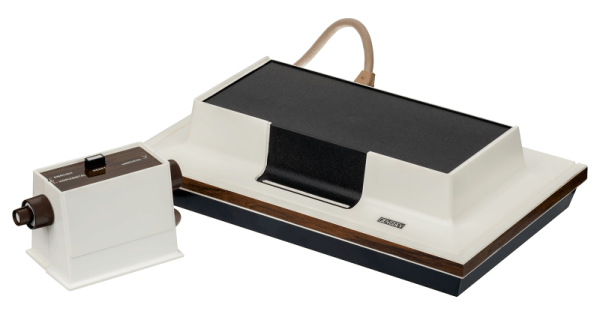If you’re desperate for a sense of nostalgia for video games of yore but don’t want to shell out the big bucks for an NES classic, you can always grab a single arcade-style game that’ll plug straight into your TV. Of course it’s no longer 1980, and playing Space Invaders or Asteroids can get old after a while. When that happens, just replace the internals for an upgraded retro Atari 2600 with all the games from that system instead of just one.
As expected for something that has to fit in such a tiny package, this upgrade is based on a Raspberry Pi Zero. It’s not quite as simple as throwing RetroPi on it and calling it a day, though. For one, [Blue Okiris] is still using the original two-button controller/joystick that came with the Ms. Pac-Man game this build is based on, and that added its own set of challenges. For another, RetroPi didn’t have everything he needed so he switched to another OS called Recalbox. It also includes Kodi so it could be used as a media center as well.
The build looks like a hack in the truest sense of the word. The circuit board sticks out the bottom a little bit, but this is more of a feature than a bug because that’s where some extra buttons and the power switch are. Overall, it’s a great Retro Atari system that has all the true classics that should keep [Blue Okiris] entertained until Atari releases an official system one day. If you’d like to go a little deeper in the Atari world, though, you could always restore one instead.

